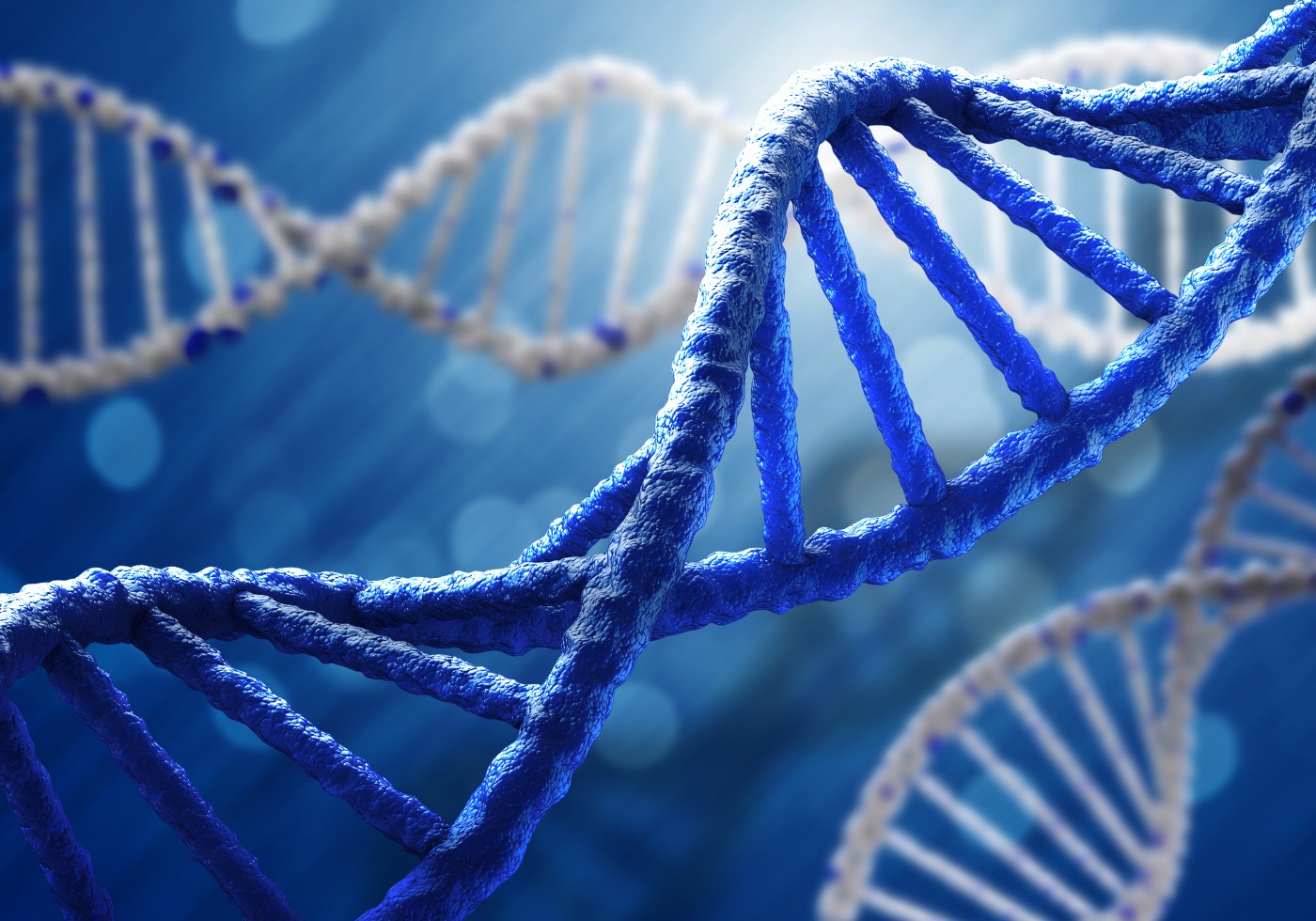Mitochondrial DNA Mutations Appear More Complex Than Initially Thought, Researchers Say

Mitochondrial DNA (mtDNA) mutations in individual cells may be more complex than previously thought. Their variability, seen in individuals with sporadic inclusion body myositis, might also be present in other mitochondrial conditions — a finding, by researchers at Newcastle University, United Kingdom, that offers new insights into role of mtDNA mutations, both in disease processes and human aging.
The presence of different mutations in individual mitochondria in a single cell is a well-known feature, stemming from the fact that mtDNA is randomly replicated and distributed during cell divisions. This characteristic complexity, termed heteroplasmy, is likely a way to protect the body from the effects of harmful mutations. The many known diseases caused by mitochondrial mutations, however, show that heteroplasmy is not always sufficient to protect from disease. Despite this knowledge, few scientists have attempted to map the exact extent of the variability in individual cells.
Analyzing the mitochondria in muscle biopsies from nine patients with sporadic inclusion body myositis — an adult muscle disease characterized by inflammation and progressive weakness and degeneration of the arm and leg muscles — researchers observed that 20 percent of these muscle fibers had accumulated two or more large deletions.
Findings, published in the journal Nucleic Acids Research, showed that the deletions were present in cells not having a functional cytochrome C, a mitochondrial enzyme crucial for cellular energy metabolism, and one of the most common mitochondrial defects. Most of the deletions removed what is known as the major arc of the mtDNA, the larger bit of the circular mtDNA, and the part most frequently mutated. But 10 percent of the deletions also extended into the minor arc, including the starting point of replication for one of the DNA strands.
Some mtDNA molecules harbored two deletions or deletions accompanied by duplications, and the study — titled “Complex mitochondrial DNA rearrangements in individual cells from patients with sporadic inclusion body myositis“ — even found evidence of duplications of the whole genome. Such genome copies will increase the frequency of mutations present in particular mitochondria.
“The extended spectrum of mtDNA rearrangements in single cells provides insight into the process of clonal expansion which is fundamental to our understanding of the role of mtDNA mutations in ageing and disease,” the researchers concluded.






